As the Texas heat sets in for the Summer, we will begin to keep a watchful eye out for Chinch Bugs, a notorious lawn insect in the North Texas region. While it seems the severity of occurrences and populations fluctuate year to year, the Summer of 2020 was certainly in the category of a bad year. Due to the extreme cold in February and a rather mild Spring and early Summer, the textbooks would say that it should be a down year in the metroplex for this specific lawn pest, however, it’s never a good idea to bet against them. Our first run historically is in early to mid-July. Typically, first symptoms are noticed along concrete edges in full sun producing patches like brittle leaf blades that fold inwards and turn a whitish, bleached out, color. These patches could easily be mistaken for an irrigation zone not running properly. The Chinch Bugs, like most lawn insects, work quickly and over the course of a week, the patch of activity can expand by 3 to 4 feet easily. The pictures below are from one to three weeks into an infestation.
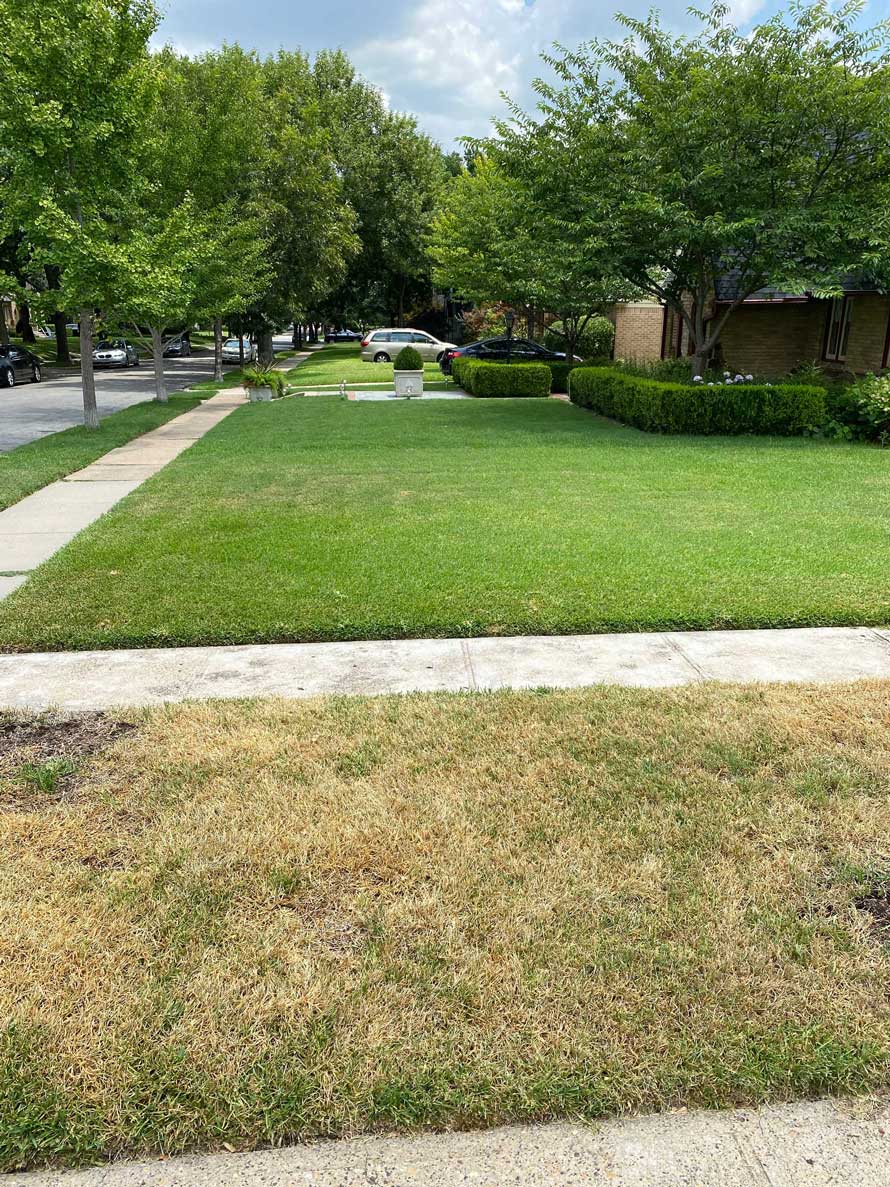
To properly check for Chinch Bugs, or any lawn insect, a homeowner will want to investigate the margins of the patch that has been created. The pests are moving outward from the center of the patch so looking in the closest areas of somewhat healthy-looking turf will be the best bet as to where they are. The Chinch Bug is about the size of the head of a pin so unfortunately scouting for them will require getting on one’s hands and knees. Check 8 or so areas around the margin by splitting the canopy. The best way to think about this is as if you are looking for a wound on a pet by separating a section of hair. The pictures below show the Chinch Bug and exactly what you would be looking for. They crawl somewhat fast, however should be easy to spot when checking around and throughout the margin. A common practice when scouting for insects is to mix a bit of dish soap in water and pour it into suspected areas of activity. This will slow down the movement of the pests and drive them to the surface making it easier to identify the lawn insects.
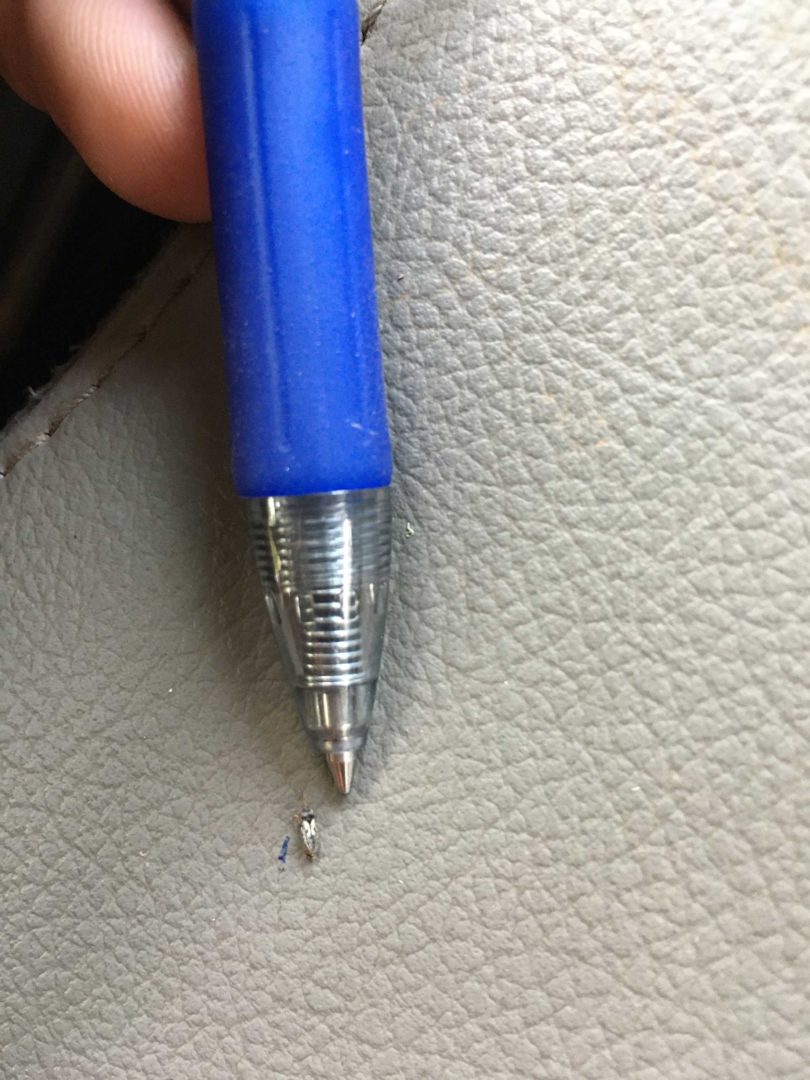
As a means of control, any product with bifenthrin, an extremely common household insecticide, is the easiest and cheapest DIY route. To feel good about control we would recommend applying 3 times 7 days apart to control any lawn pests that may have hatched or entered the cross into the lawn. Apply to any area that is showing symptoms and 8 feet beyond. There are products available that are more effective and can even treat preventatively, however they would be quite pricey for a homeowner to purchase compared to how much product they actually need. As always, we provide expert lawn care and can diffuse any lawn insect issue you may encounter.
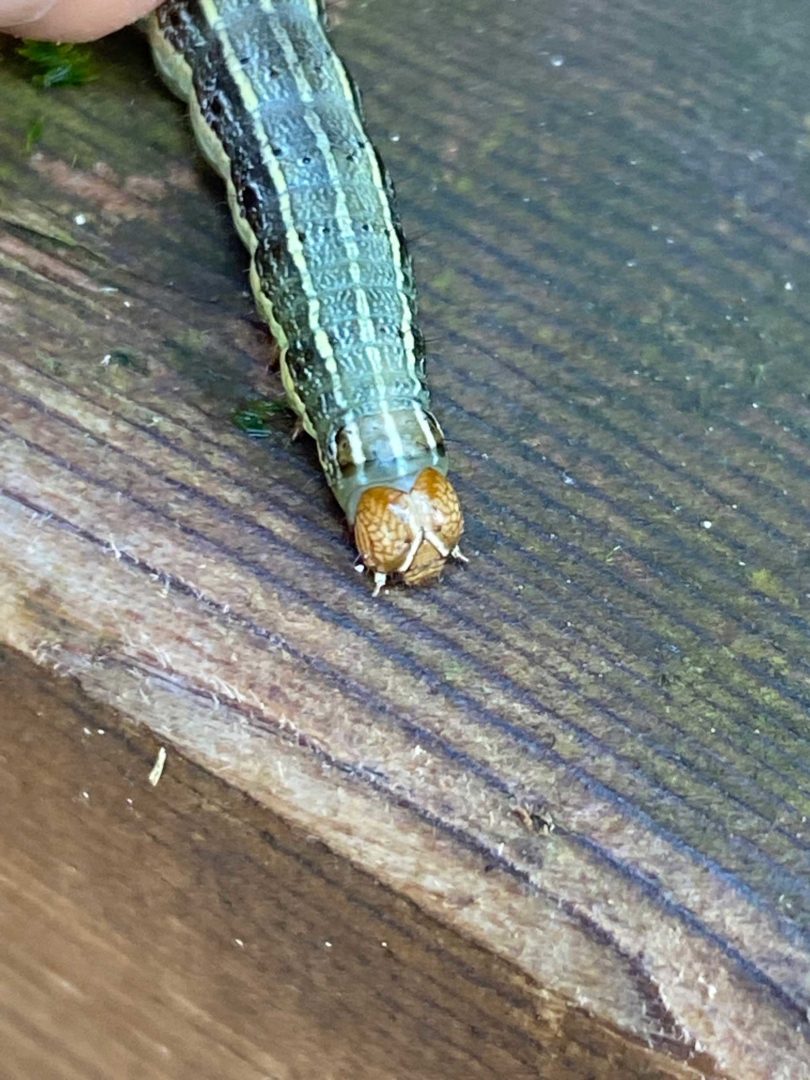
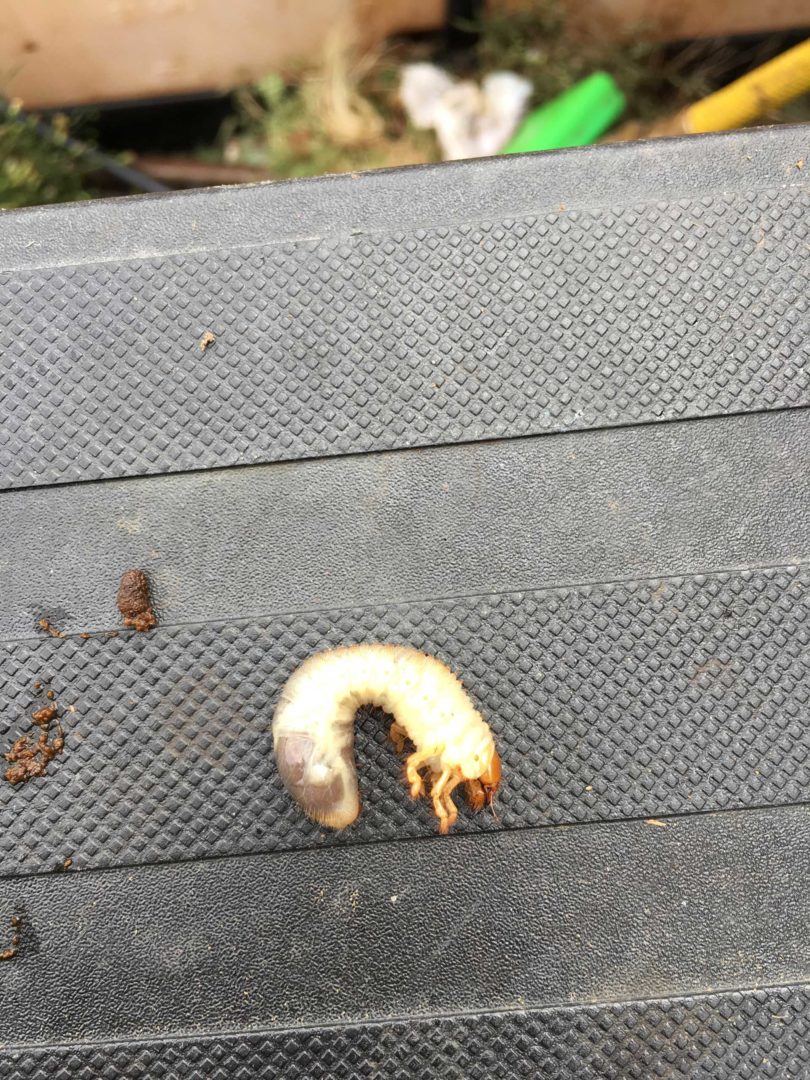
As the transition from Summer to Fall begins other lawn insects we are on the lookout for are Fall Armyworms and White Grubs. Armyworms crawl across the soil surface or from leaf to leaf in dense lawns and will feed on the leaves of healthy turf. Under the vast majority of cases, these lawn insects will only feed on Bermudagrass, leaving Zoysia and St. Augustine untouched. Historically Fall Armyworm damage will fluctuate year to year. It is common for no damage to be reported across the DFW metroplex for multiple years in a row and all of a sudden one year has out of control populations, this is the case for 2021. White Grubs on the other hand are a lawn pest that we find year in and year out in Dallas. These C-shaped insects can be found in the soil and feed on the roots of all turf types. The first symptoms will always be yellowing of turf appearing to be drought-stricken. This is a byproduct of the root system being eaten. Once the grubs are active the turf is able to be easily pulled up and in extreme cases rolled up as if it is carpet. The key to minimizing insect damage is to identify the pest early and act quickly. Under most circumstances, unless activity starts late in the Fall, lawn insects left unchecked will cause enough damage to make sodding in the Spring a must. If you suspect insect damage on your property we would love to help identify your issue and provide a solution. Victory Turf provides all quotes and site visits for free and in the vast majority of cases will have your lawn treated for its issue within 24 hours of first contact. Call us today to take your lawn to the next level!

Recent Comments